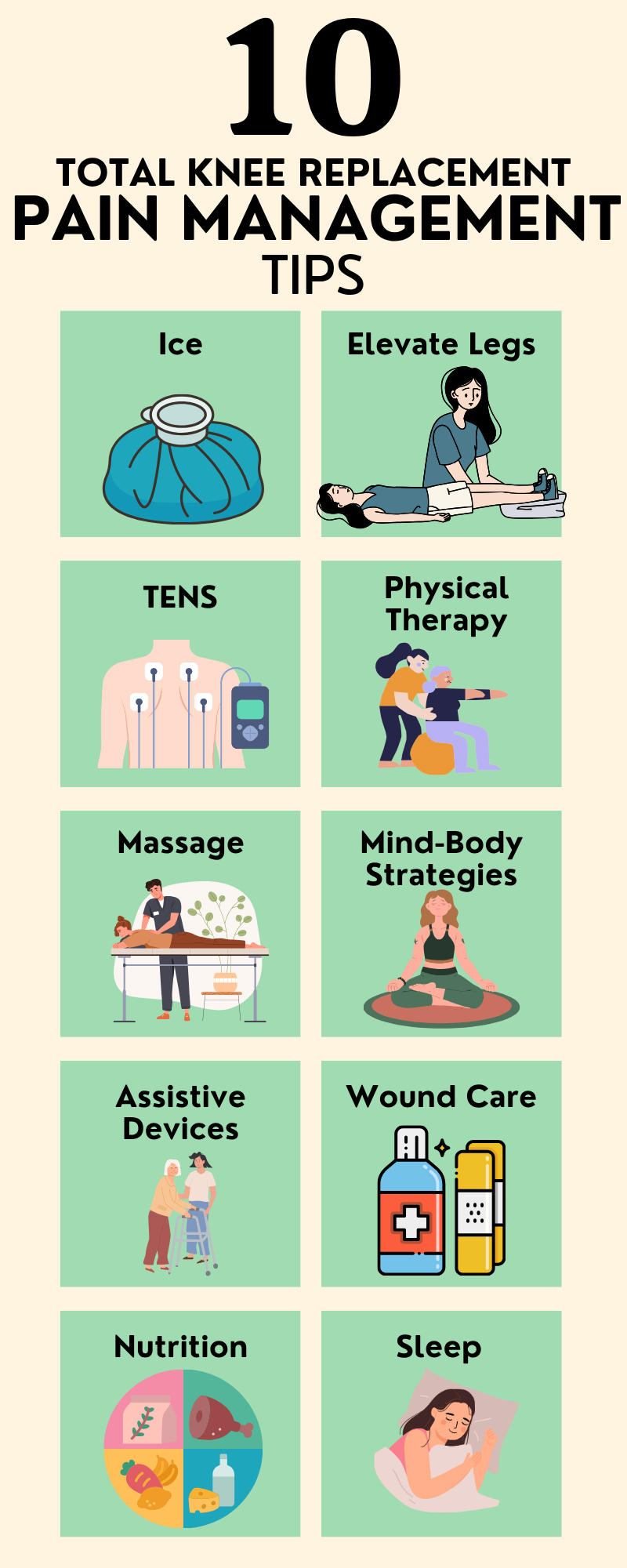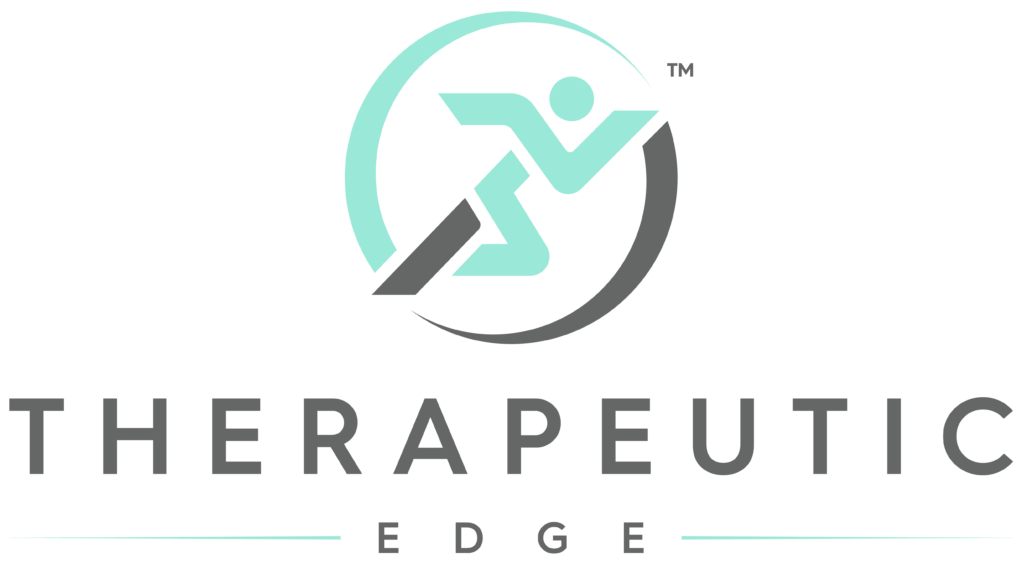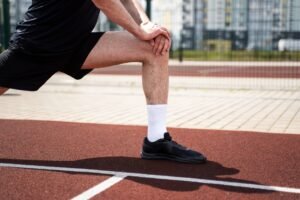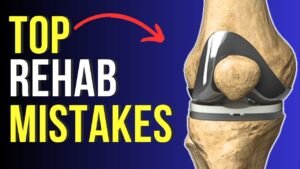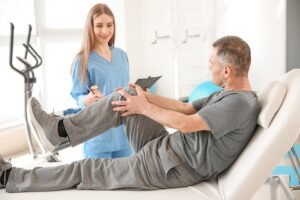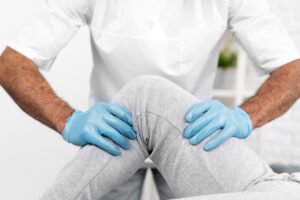Managing pain after surgery doesn’t always mean reaching for a pill bottle. Non-medication pain relief strategies can be highly effective in reducing discomfort while promoting overall recovery and well-being. These methods are not just supplemental—they’re integral to a successful recovery process. Let’s explore how you can take control of your pain with simple, actionable steps.
Why Consider Non-Medication Pain Relief?
While medications can provide immediate relief, relying solely on them has downsides, such as potential side effects or dependency. Non-pharmacological methods complement medication by targeting pain through physical, mental, and lifestyle adjustments. These strategies empower you to play an active role in your recovery, improving both short- and long-term outcomes.
1. Ice Therapy: Precision Cooling for Inflammation
-
Why It Works: Ice therapy constricts blood vessels, reducing blood flow to the surgical site. This minimizes inflammation and numbs nerve endings to alleviate pain.
-
In-Depth Application:
-
Use a cryo-cuff, gel pack or crushed ice wrapped in a thin cloth.
-
Apply for 15–20 minutes every 2–3 hours during the first 72 hours post-surgery.
-
Combine with compression wraps for enhanced swelling control.
-
-
Pro Tip: Alternate ice therapy with periods of elevation for compounded benefits.
2. Elevation: Mastering the Mechanics of Swelling Control
-
Why It Works: Elevation utilizes gravity to help fluid and waste drain away from the surgical site, reducing swelling and pressure.
-
In-Depth Application:
-
Position your leg so the surgical site is above heart level. Use a wedge pillow or several stacked pillows to achieve this height.
-
Pair with controlled diaphragmatic breathing to encourage lymphatic drainage.
-
-
Pro Tip: Avoid prolonged elevation sessions—alternate with movement to prevent stiffness.
3. TENS Therapy: Nerve Distraction for Pain Relief
-
Why It Works: Transcutaneous Electrical Nerve Stimulation (TENS) sends mild electrical impulses through the skin, disrupting pain signals to the brain. It also promotes endorphin release, your body’s natural painkiller.
-
In-Depth Application:
-
Place electrodes around, not directly on, the surgical site.
-
Start with low-intensity pulses and gradually increase as tolerated.
-
Use in 20–30 minute sessions, 2–3 times daily, or as recommended by your physical therapist.
-
-
Pro Tip: Combine TENS therapy with deep breathing for a synergistic calming effect.
4. Guided Physical Therapy: Tailored Exercise for Pain Reduction
-
Why It Works: Movement increases blood flow, reduces stiffness, and strengthens muscles to stabilize the joint. Tailored exercises target pain by addressing biomechanical imbalances.
-
In-Depth Application:
-
Range-of-Motion (ROM) Exercises: Focus on gentle stretches to maintain joint flexibility. Example: Heel slides and seated knee flexion.
-
Strengthening Exercises: Begin with isometric exercises, such as quad sets, to activate muscles without moving the joint. Progress to weight-bearing activities under supervision.
-
Progression Plan: Work closely with your therapist to adjust intensity based on your pain and recovery stage.
-
-
Pro Tip: Track your progress using a journal to identify which activities help most with pain relief.
5. Myofascial Release and Massage Therapy
-
Why It Works: Massage decreases muscle tension, improves blood flow, and reduces the buildup of lactic acid, which contributes to soreness.
-
In-Depth Application:
-
Self-Massage: Use a soft foam roller or your hands to apply gentle pressure around the muscles supporting the surgical site.
-
Manual Techniques: Your therapist can perform targeted myofascial release to alleviate deeper restrictions.
-
Trigger Point Release: Focus on specific areas of tension or discomfort to ease referred pain.
-
-
Pro Tip: Avoid massaging directly over the incision until it has fully healed.
6. Assistive Devices: Your Partners in Recovery
-
Why They Matter: Assistive devices like walkers, crutches, or canes are more than temporary tools—they’re essential for protecting your surgical site, maintaining mobility, and preventing setbacks. Using them correctly ensures a safer and more efficient recovery.
-
In-Depth Application:
-
Choosing the Right Device:
-
Walkers: Provide the most stability and are ideal in the early stages of recovery.
-
Crutches: Allow for greater mobility but require good balance and strength.
-
Canes: Offer support as you transition away from walkers or crutches, reducing strain on the knee.
-
-
Proper Usage Tips:
-
Ensure the device is adjusted to the correct height. For walkers and canes, your elbows should bend slightly (about 15-20 degrees).
-
When using a cane, hold it in the hand opposite the surgical leg to distribute weight evenly and support a natural gait.
-
With crutches, maintain good posture and avoid leaning too heavily on your armpits to prevent nerve damage.
-
-
When to Transition:
-
Follow your healthcare provider’s guidance on when to move to a less supportive device. Transitioning too early can risk reinjury or delayed healing.
-
-
Daily Use Advice:
-
Keep pathways clear at home to avoid tripping hazards.
-
Use rubber tips on devices to prevent slipping on smooth surfaces.
-
Practice using your device in different environments, like stairs or uneven terrain, with your physical therapist.
-
-
-
Pro Tip: Think of your assistive device as a temporary bridge to independence—not a limitation. Using it properly now ensures you’ll regain full mobility faster and with fewer complications.
7. Wound Care: The Foundation of Healing
-
Why It’s Crucial: Proper wound care is essential for preventing infection, promoting tissue healing, and ensuring a smooth recovery. Neglecting this aspect can lead to complications, including delayed healing or, in severe cases, the need for additional surgical intervention. It also contributes to:
-
Minimized Scarring: Clean, well-maintained wounds tend to heal more neatly.
-
Improved Range of Motion: Healthy wound healing supports better skin mobility, allowing you to move your knee more freely during recovery.
-
Enhanced Comfort: Proper care reduces irritation and discomfort, making it easier to focus on your rehab and daily activities.
-
-
In-Depth Application:
-
Keeping It Clean:
-
Daily Inspection: Check the incision site daily for signs of infection, such as redness, swelling, warmth, or discharge.
-
Cleaning Routine: Follow your surgeon’s instructions carefully. Typically, you’ll use a mild soap and water to gently clean the area—avoid scrubbing. Pat dry with a clean towel.
-
Bandage Care: Change the dressing as instructed, ensuring your hands are clean to avoid introducing bacteria.
-
-
Avoiding Submersion:
-
Refrain from soaking your wound in water—this means no baths, hot tubs, or swimming pools until your surgeon clears it. Moist environments can increase infection risk.
-
-
Protecting the Site:
-
Keep your incision covered and shielded from irritation caused by clothing, excessive movement, or exposure to dirt.
-
Use breathable, non-stick dressings to allow airflow while keeping the wound protected.
-
-
When to Seek Help:
-
Notify your healthcare provider immediately if you notice unusual symptoms such as increased pain, foul-smelling discharge, or a sudden spike in temperature. These can be signs of an infection requiring prompt medical attention.
-
-
-
Pro Tip: Think of wound care as tending to a garden. By keeping the area clean, nourished, and protected, you create the perfect environment for healing to flourish.
8. Mind-Body Techniques: Harnessing Mental Strength
-
Why It Works: Pain isn’t just physical—it’s also influenced by emotional and psychological factors. Techniques like mindfulness can reduce the brain’s perception of pain.
-
In-Depth Application:
-
Meditation: Use guided apps like Calm or Headspace for 10–20 minutes daily. Focus on your breathing and visualize the pain decreasing.
-
Progressive Muscle Relaxation: Gradually tense and relax each muscle group to release tension.
-
Cognitive Behavioral Techniques: Work with a specialist to identify and reframe pain-related thoughts.
-
-
Pro Tip: Pair these techniques with TENS or massage for a comprehensive approach.
9. Nutritional Optimization: Fueling Recovery
-
Why It Works: Nutrients like protein, vitamin C, and omega-3 fatty acids play critical roles in tissue repair and reducing inflammation.
-
In-Depth Application:
-
Protein: Incorporate lean meats, tofu, and legumes to meet your daily protein needs (1.6–2.2 grams per kg of body weight).
-
Anti-Inflammatory Foods: Add turmeric, ginger, and dark leafy greens to your meals.
-
Hydration: Aim for 8–10 cups of water daily to keep tissues hydrated and promote circulation.
-
-
Pro Tip: Consult a dietitian for a personalized meal plan to optimize healing.
10. Sleep: The Silent Healer
-
Why It Works: Sleep is when your body does the bulk of its repair work, including regenerating tissues, reducing inflammation, and restoring energy levels. Poor sleep can amplify your perception of pain and slow down recovery.
-
In-Depth Application:
-
Optimize Your Sleep Environment: Ensure your bedroom is cool, dark, and quiet. Use blackout curtains, a white noise machine, or earplugs to block distractions.
-
Sleep Positions: Post-surgery, sleeping on your back with a pillow under your surgical leg for support can reduce swelling and promote proper alignment. Avoid side-sleeping on the affected leg until your doctor approves.
-
Bedtime Routine: Develop a calming pre-sleep routine that includes activities like reading, gentle stretching, or meditation.
-
Avoid Stimulants: Limit caffeine and screen time in the evening to support your body’s natural wind-down process.
-
Pain Management Before Bed: If pain keeps you awake, use ice therapy, TENS, or relaxation techniques before bedtime to reduce discomfort.
-
-
Pro Tip: Tracking your sleep patterns with an app or journal can help identify areas for improvement and ensure you’re getting restorative rest.
Therapeutic Edge
Non-medication pain relief strategies are not just add-ons—they’re essential tools in your recovery toolbox. By combining physical methods like ice and elevation with holistic approaches such as mindfulness and nutrition, you can effectively manage pain while supporting your overall healing journey.
Remember, recovery is a process that requires patience and consistency. Lean on your healthcare team for guidance and adapt these strategies to fit your needs. With the right approach, you can take charge of your recovery and get back to doing what you love, pain-free.
